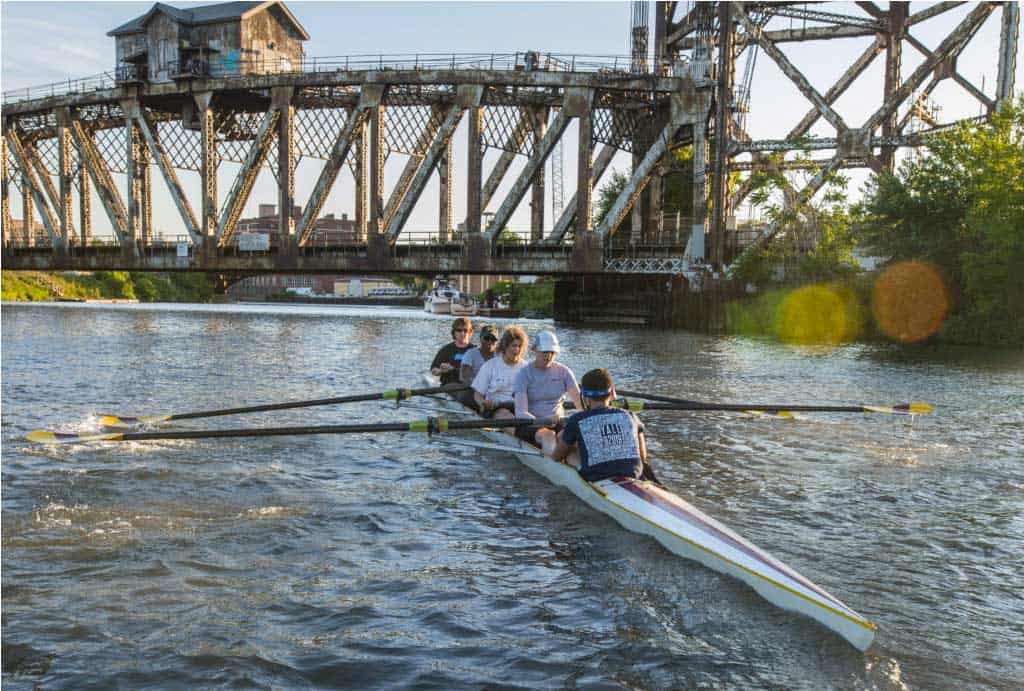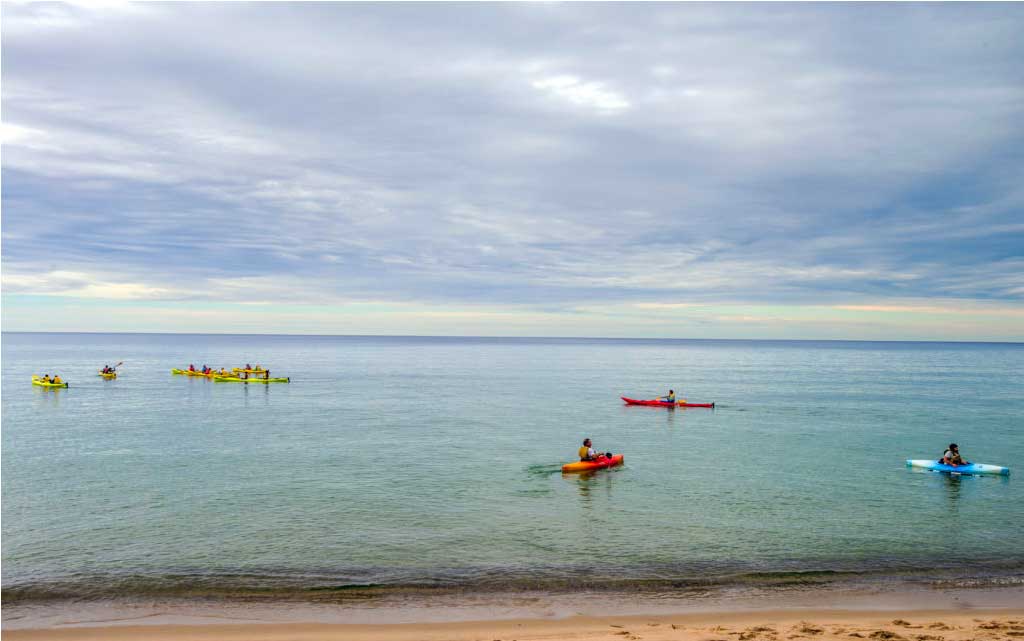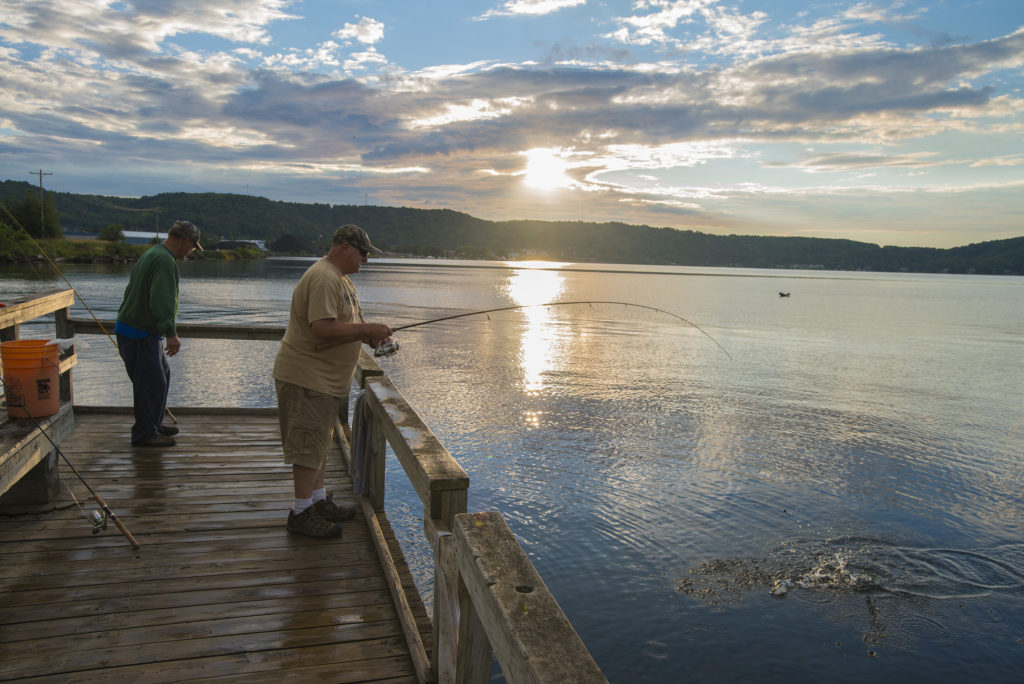Blog 4 of 4
This blog is one in a series focused on the impact of coastal restoration in mitigating the effects of pollutant runoff in vulnerable waterways, leading to harmful algal blooms. These environmental organizations, supported by The Scotts Miracle-Gro Foundation, are on the front lines of our nation’s water quality issues. This series highlights their important work.
The Great Lakes are the world’s largest source of surface fresh water, holding roughly 20% of the world’s supply. Their environmental, economic, and social importance cannot be overstated. But they are at risk.
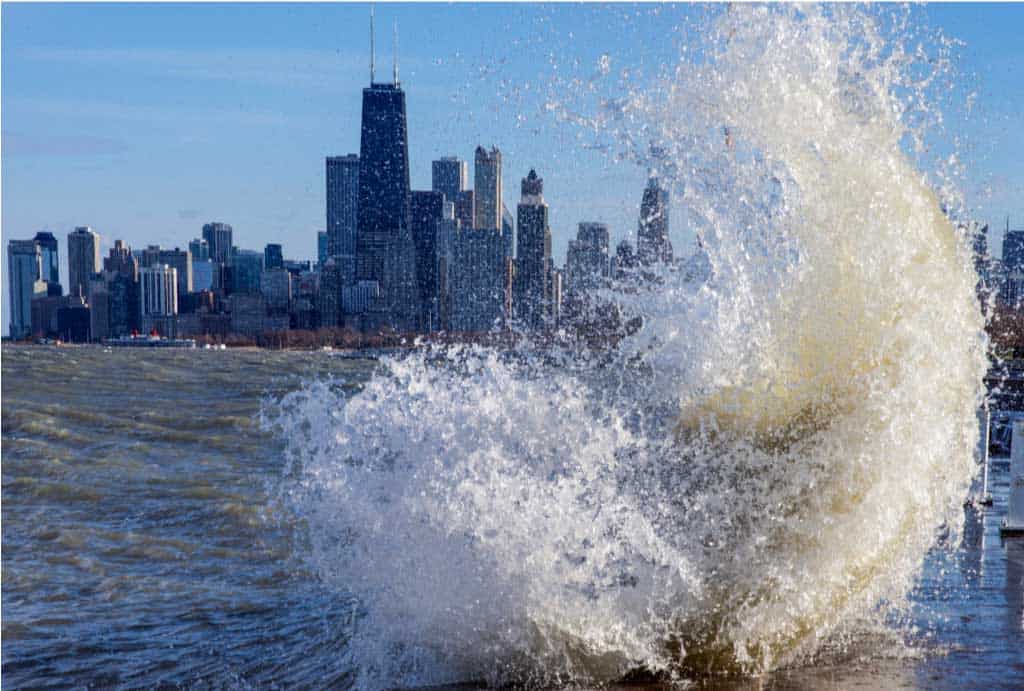
Water from the Great Lakes built two countries. That water is in billions of tons of steel that built our cities. It’s in the cars, trucks and trains that make transit and the movement of goods possible. It’s in the grain that feeds people and livestock and is in countless products that we use every day.
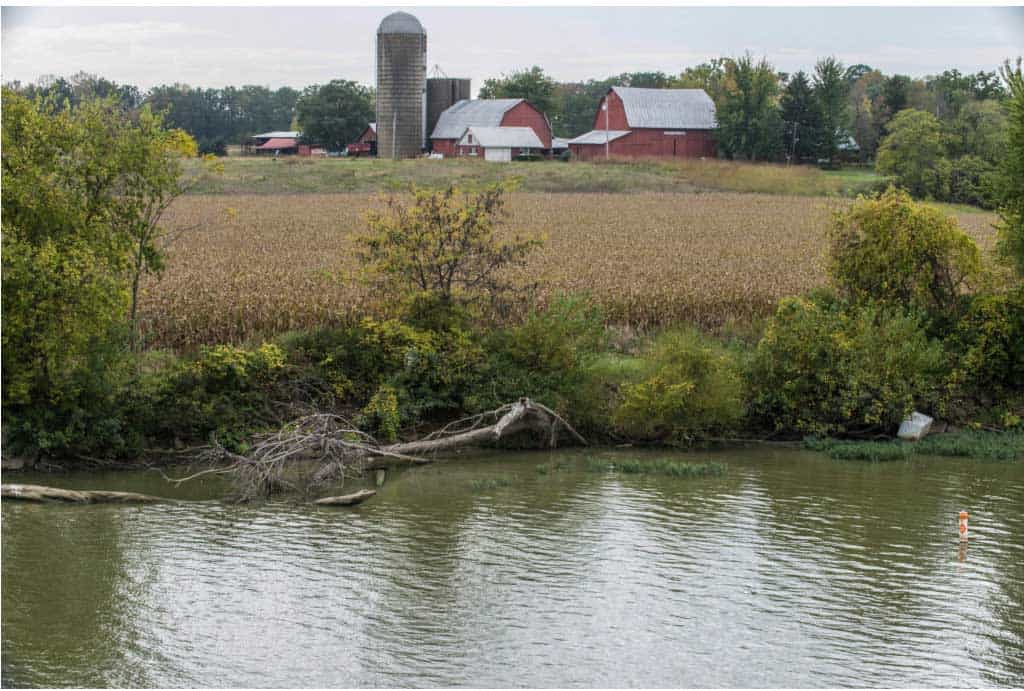
Yet, this has come at a great cost. River bottoms and harbors now hold toxic chemicals. Agricultural runoff pollutes drinking water for millions of people many miles away. Crumbling infrastructure contaminates drinking water flowing into people’s taps and allows pollution to flow into our lakes. And the impacts of climate change are already being felt, with this year’s massive spring storms flooding communities, drowning crops, and flushing more pollution into the lakes.
The Great Lakes are our home, a special place to spend time with friends and family, and a constant presence in our lives. Around all five lakes, regardless of background or political persuasion, safe, clean, accessible and affordable water is a near-universal value to people.
At Alliance for the Great Lakes, we focus on understanding systemic problems facing the lakes and then activating communities and regional leaders to solve them. A few of our recent successes:
- We work with Congress to ensure annual funding for the Great Lakes Restoration Initiative (GLRI), a federal program that has provided more than $2.5 billion for on-the-ground restoration projects since 2010. The GLRI is the largest dedicated federal watershed restoration fund in the country.
- After a toxic algal bloom prevented hundreds of thousands of people in western Lake Erie from drinking their water in 2014, we pushed elected leaders of Ohio, Michigan, and Ontario to commit to reduce phosphorus––a key pollutant causing harmful algal blooms––flowing into western Lake Erie by 40 percent by 2025. Ohio is investing nearly $90 million in solutions this year, and we continue to advocate for this spending to be linked directly to measurable clean water outcomes.
- We lead the way in keeping aquatic invasive species out of the Great Lakes, pushing forward new protections to stop invasive Asian carp. The destructive fish are creeping up the Mississippi River basin, less than 50 miles from Lake Michigan, and threatening the economy and environment of the Great Lakes region.
- Extreme storms and volatile lake levels are eroding shorelines and pushing more runoff pollution into the lakes. We support long-term solutions that emphasize the health of the lakes and the people who rely on them, such as implementation of a water level plan for Lake Ontario that would restore more than 60,000 acres of coastal wetlands.
- And, each year, we mobilize thousands and thousands of volunteers to act in support of the Great Lakes. From Adopt-a-Beach cleanups to advocacy, we empower people to protect the lakes with action-oriented information and programs.
Our vision for the Great Lakes is clear. Agriculture that leaves our rivers and lakes clean. Businesses that invest in the region and leave our waters better than when they arrived. Communities where everyone can connect to the lakes for drinking or for enjoyment. Lakes protected from needless and costly threats, like new invasive species or contamination by oil spills. And millions of people in vibrant communities across the Great Lakes inspired to act to protect our clean waters for generations to come.
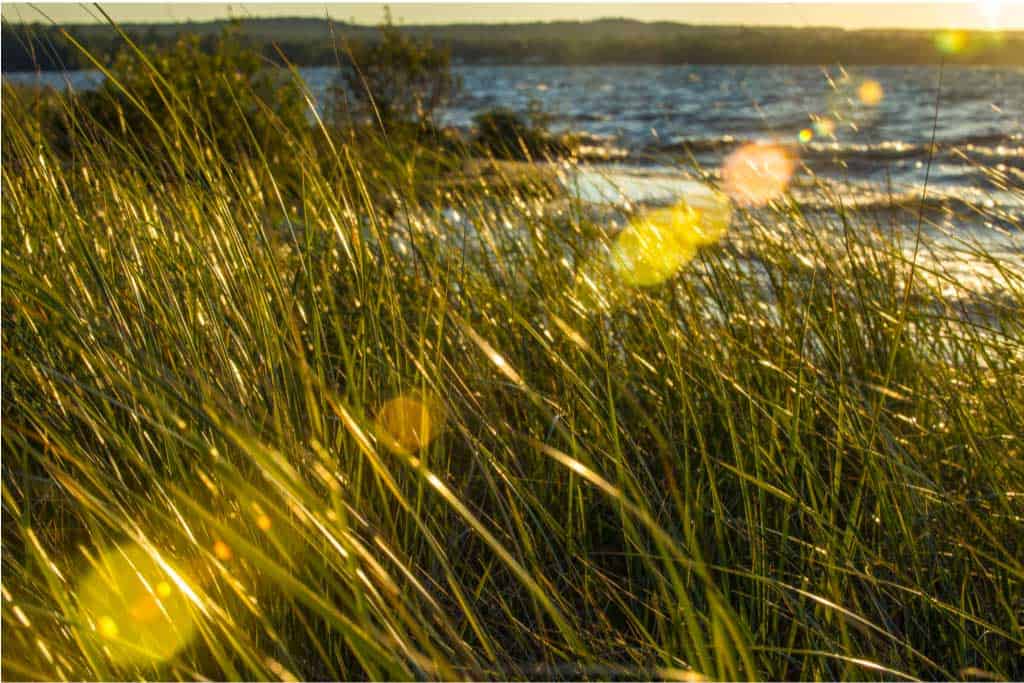
Learn more about our work.
All photos credits: Lloyd Degrane

